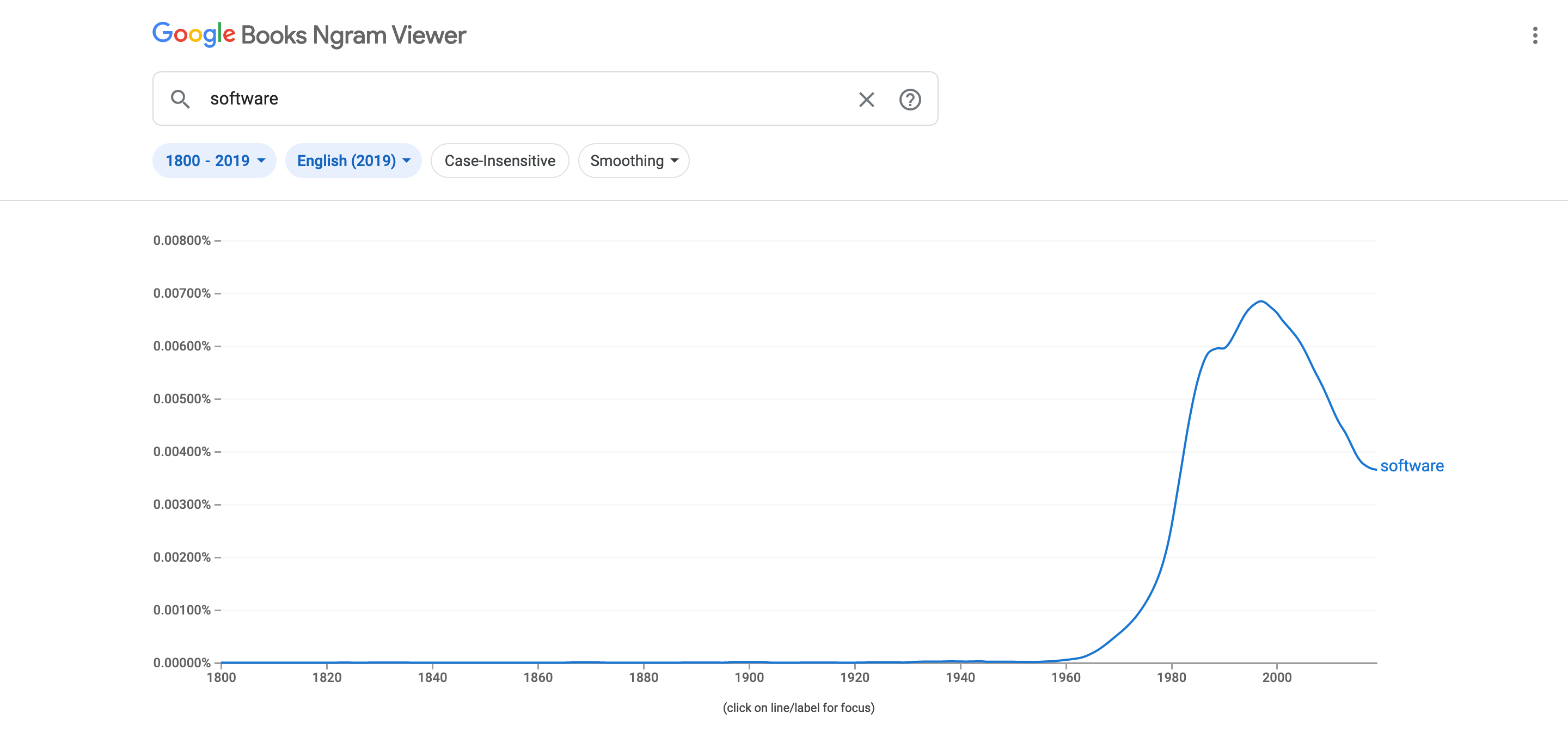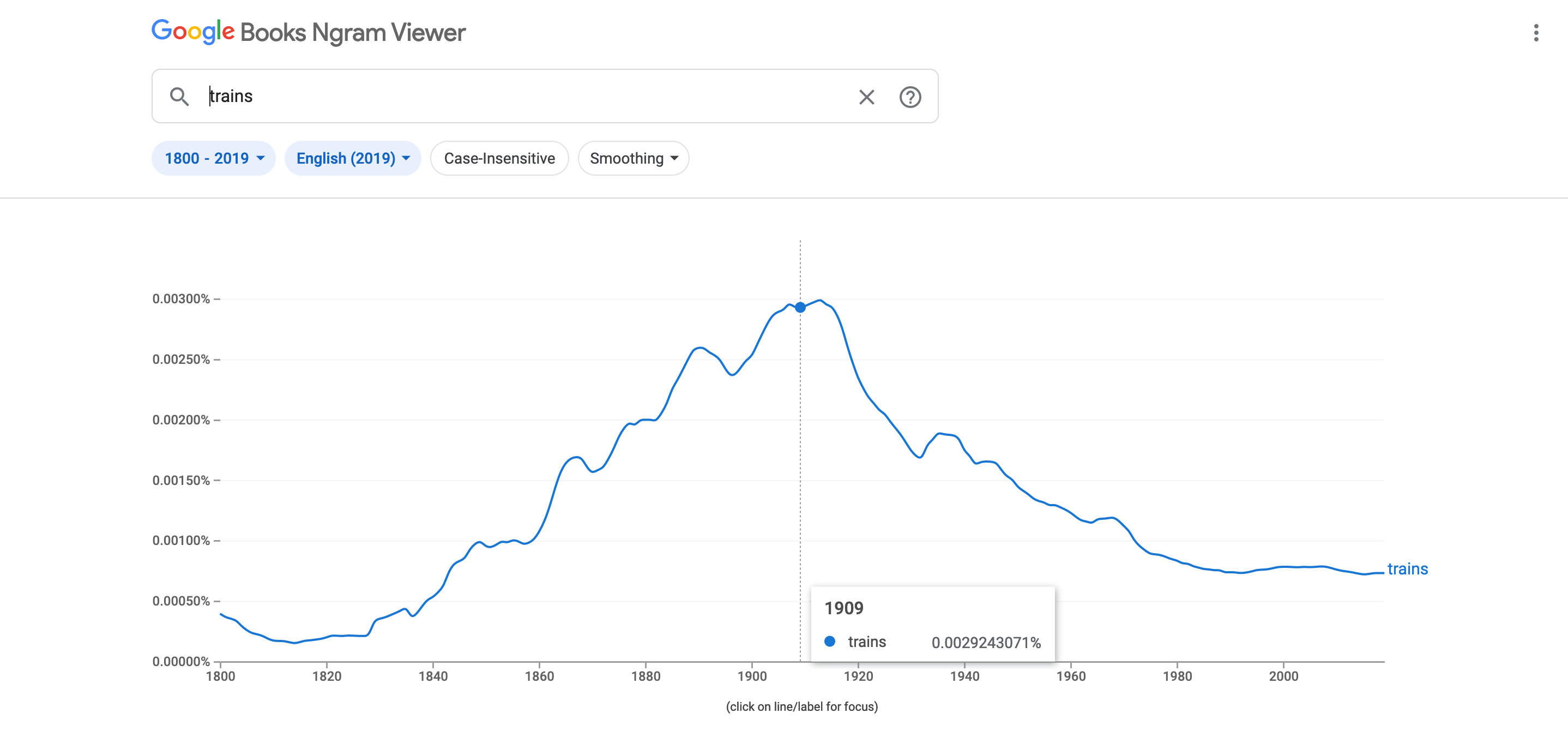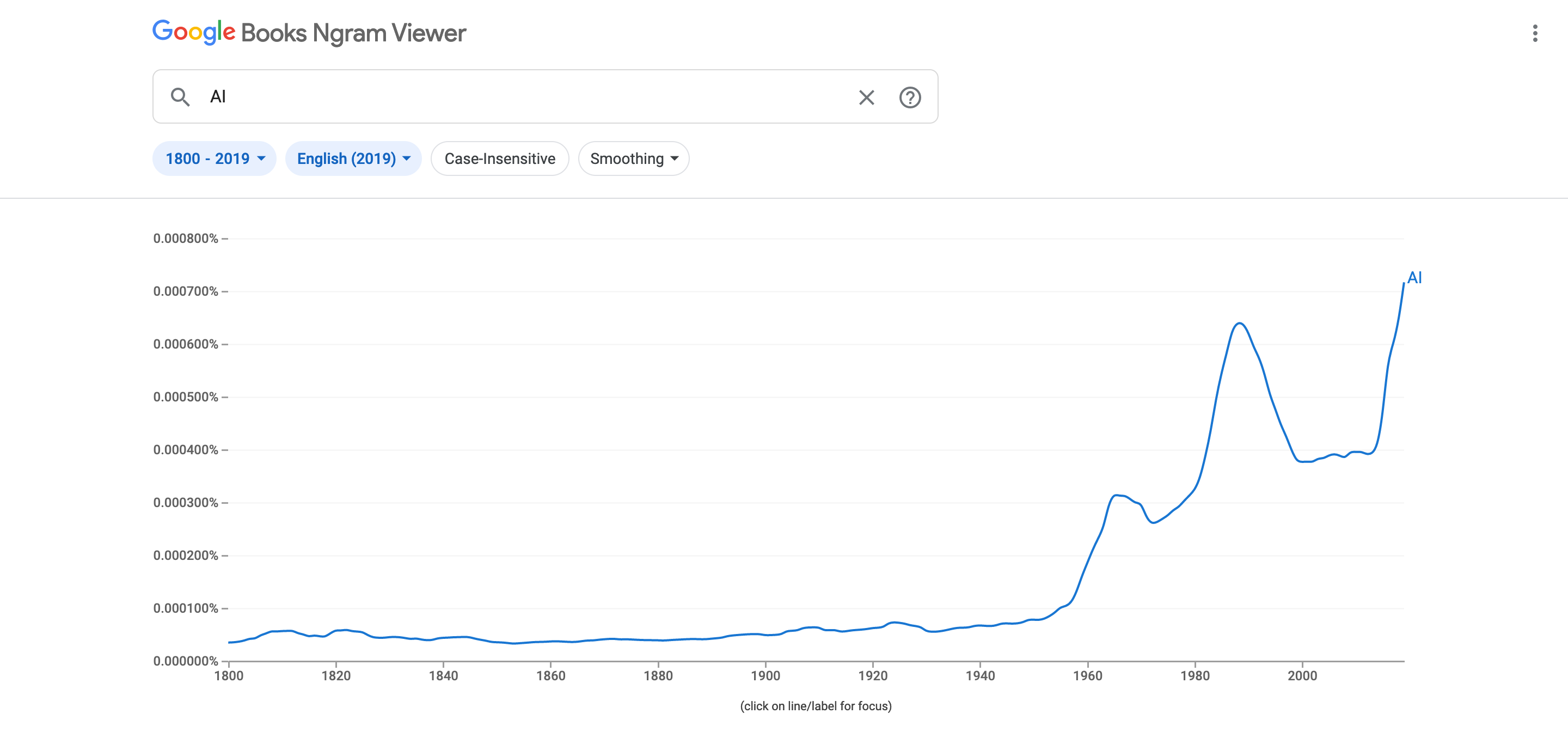How to avoid tech fads and embrace rising trends
- Last Updated : June 12, 2023
- 1.5K Views
- 4 Min Read

Today is the slowest day in technology for the rest of your life. Let that sink in.
The tech industry is constantly changing and new solutions are evolving all the time. Unless businesses learn to flow with the technological tide, they risk being swept away by it.
Every year, a global research company called Gartner Inc. predicts up to 10 trends for the year. However, only some take off. Take a look at the last 3 years' worth of trends Gartner said would be a big win.
| Year | Successful predictions | Other predictions |
| 2018 | immersive experience • intelligent apps and analytics • intelligent things • AI foundation • cloud to the edge | digital twins • blockchain • event driven • conversational platforms • continuous adaptive risk and trust |
| 2019 | augmented analytics • autonomous things • immersive technologies • empowered edge • AI-driven development | blockchain • digital twins • smart spaces • digital ethics and privacy • quantum computing |
| 2020 | multi experience • transparency and traceability • the empowered edge • AI security • autonomous things | hyper automation • practical blockchain • human augmentation • the distributed cloud • democratisation |
There's a lot to unpack from this information. Some of these trends:
Never took off, but sustained throughout the decade
Evolved into bigger concepts
Got new names but their underlying concepts stayed the same
Became more pronounced in the last few years
For instance, AI-related technology such as intelligent analytics, AI security, and AI-driven tech development gained popularity year over year, so it has been a constantly-trending topic. On the other hand, blockchain has been a strong contender, but it's remained passive throughout the last three years. Most of the talk around it has been associated with cryptocurrency and not other use cases.
A few other trends lost or gained popularity over the years. For instance, "digital twins," although predicted as popular for two consecutive years, didn't make it to the 2020 list. Conversely, "autonomous things," a successful trend both in 2019 and 2020, wasn't on the list in 2018.
So why do some trends work and others don't?
"Successful programs are not built on fads, they're built on trends."
The Law of Acceleration or Law #21, The 22 Immutable Laws of Marketing by AL Ries and Jack Trout.
Fads are short-lived—they pop up overnight, shine brightly, and fade away just as quickly as they came. We often cling to these fads hoping they will become trends. But trends are more subtle. They grow steadily and slowly over time until they hit their peak.
To understand how trends evolve, just look at how popular a topic has become over a period of time. For instance, here's the number of times "software" was mentioned in scholarly books and materials.

Compare that with the word "trains." Trains were most popular in the 1900s, but people don't talk about them as much anymore.

"AI," on the other hand, is a rapidly growing trend. It still hasn't reached its peak because we're still discovering new possibilities with artificial intelligence and how best to use it in everyday life and business. 80 to 100 years from now, we won't have as many books and analyses that mention AI because it'll be dinner table conversation by then (if we still have dinner table discussions).

The common pattern among these examples is that they didn't magically appear overnight. They've been growing steadily towards their peak. That's how trends are made—over time.
When the telegraph first became a medium of communication, Aachen and Brussels were the only cities that weren't connected because of geographical limitations. These cities remained disconnected until Paul Reuter, in 1850, used homing pigeons to deliver messages between Aachen and Brussels to complete the communication channel. This meant that people could then communicate from the east of Aachen to the west of Brussels for the first time.
Reuter didn't invent anything. He used the elements around him to create a solution that was revolutionary to the rest of the world. Pigeons can transport things from one place to another. That wasn't a fad. It was a trend that Reuter rode on.
Like Reuter, when you need technology, look at trends that have been around for a while and how you can use them to your advantage.
Here's how you can avoid the fads.
Don't look for a shiny breakthrough every time.
You might only need a good bridge between past and future technologies. An old project can have new use cases if you keep an open mind.Don't rush into pioneering technological products.
Look at what you already have and use that to propel yourself forward. When you need specific technology, consider existing solutions in your organisation before looking for a new one. Let's say your sales team needs a task management tool. Your marketing team may already have one that works well for them. You can reuse their system and customise it to fit your needs.Don't always try to be revolutionary.
Replace old methods and processes with new ones that are just as good. If your approval process takes twice as long as it should, you don't necessarily have to replace it with a brand-new system. Sometimes, doing so won't even solve the problem effectively. Instead, you could schedule an extra reminder into your existing system so that the approval process flows more automatically.
Whether you're looking for software for your business or trying to build something new altogether, remember that fads are waves—short-lived and fun. Trends are tides—pronounced and more powerful. You can enjoy waves as they come, but to ride the tide, you have to be prepared and open-minded.


